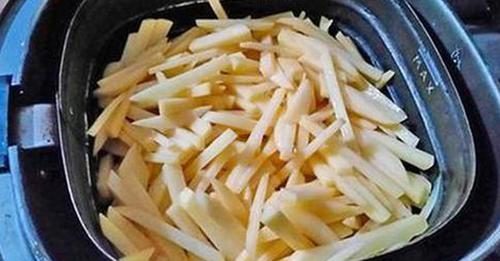The Reason You Must Have More Than One Chopping Board In Your Kitchen
Chopping boards are a kitchen essential, and it is practically impossible to prepare any dish, the way it should be, without using it. It is only when we have an excellent chopping surface that we can cut meats, vegetables, and fruits into the desired shapes and sizes. Anyhow, it has been studied that chopping boards also offer one of the best grounds for the bacteria to thrive. Read on to know how you can tackle this problem and keep your food and kitchen hygienic.
;Resize,width=742;)
Safe food handling is a skill that everyone, irrespective of their gender, must have to keep the kitchen and its surroundings clean and hygienic. This skill, not only includes the knowledge of knowing how and where to store different types of foods, but also the correct way to prep and cook food. Lack of food handling and storage skills may result in chronic food poisoning as the food readily gets contaminated with harmful organisms and other contaminants repeatedly.
Let’s talk about something as frivolous as a chopping board. We use this equipment just to get a good, sturdy, and flat surface to homogenously cut the vegetables, meats, fruits, and even bread. This equipment may seem pretty insignificant to trigger any cause of bacterial illness, but the reality is far from it.
Cutting boards offer an excellent platform for microorganisms to grow and flourish, which can result in potential food contamination and food poisoning. This happens because any kind of raw meat may harbor bacteria, which can stick to the cutting boards and linger in the crevices. In fact, these microorganisms can even survive hot water and soapy solutions, and can then taint all kinds of foods and other non-meat products as well.

Meats are cooked at high temperatures, which can quickly kill the bacteria and other microorganisms that may have contaminated it. However, this may cause a big problem if the same chopping board is used to cut fruits and vegetables, which are usually eaten raw. This problem of cross-contamination can be easily dealt with by using two different cutting boards for various types of foods.
Also, the wooden cutting board should never be used for raw meats and other animal products that are prone to harbor microorganisms in it. This is because bacteria can thrive in the pores and crevices of the wooden board, which can eventually lead to food poisoning.
This means, use wooden cutting board only for fruits, vegetables, bread, and cheese. Meats, including poultry and seafood, should be cut on non-porous boards, such as acrylic and glass cutting boards.
;Resize,width=767;)
;Resize,width=712;)

;Resize,width=712;)
